SUMMARY
This is AI generated summarization, which may have errors. For context, always refer to the full article.
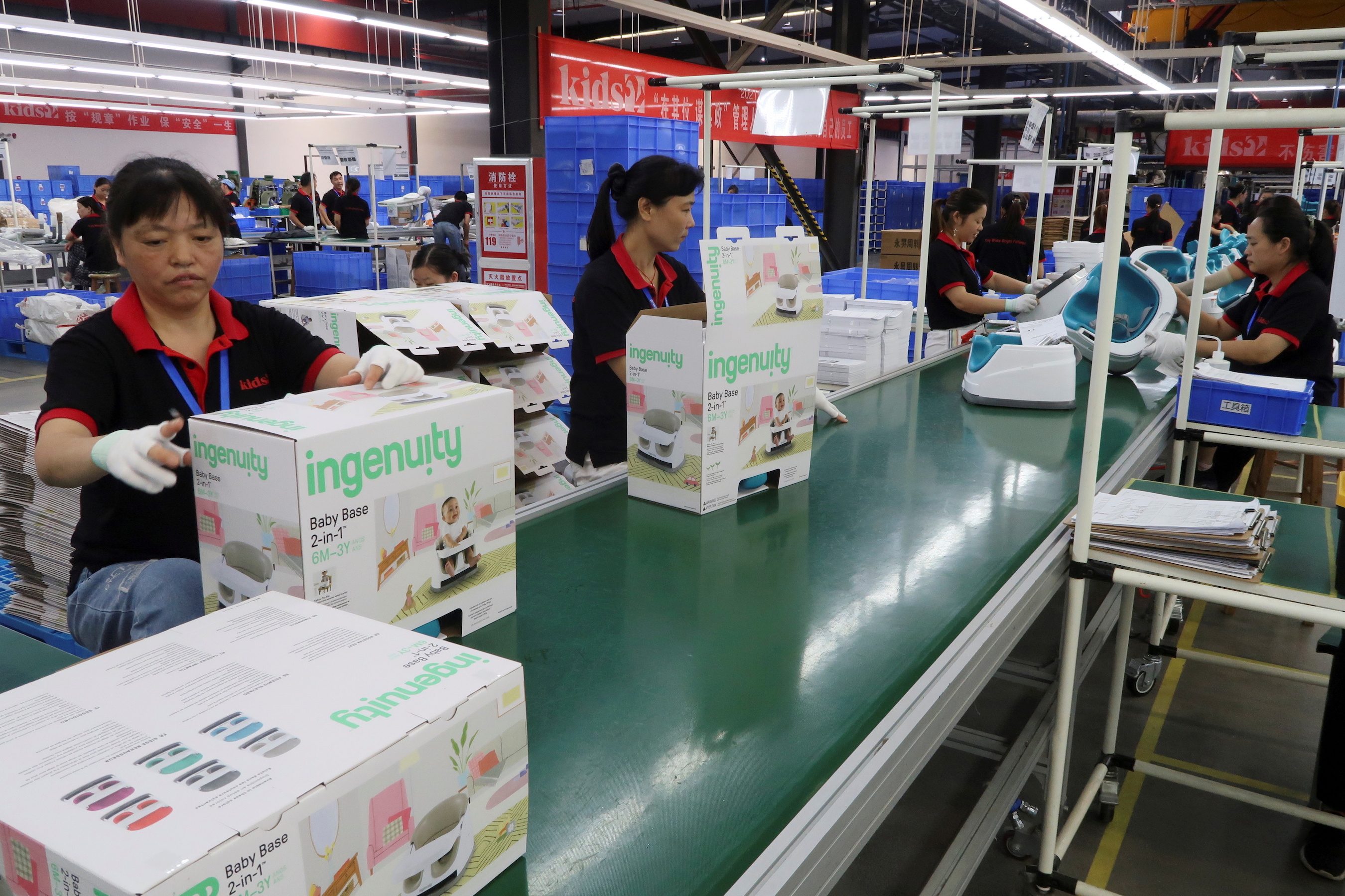
Along with the supply chain headaches everyone is fighting – from clogged ports to empty store shelves – Ryan Gunnigle is focused on the potential for the opposite problem: gluts.
“Customers are just flinging crazy orders right now, so it’s hard to determine the real level of demand,” said the chief executive of Kids2, the Atlanta-based toy company best known as the maker of Baby Einstein and other baby-oriented brands. Business always surges around the holidays, but this year has been turned on its head by the pandemic.
A key danger in the current environment, he said, is that companies will order too many goods as they scramble to fill orders, especially in the run-up to the holidays, which could quickly lead to piles of unsold electronic baby books and high chairs once the crisis eases.
Some economists also see signs of a demand peak, easing inflationary pressures in coming months.
Nancy Lazar, head of economic research at Cornerstone Macro, said in a seminar on Friday, October 29, that spending on items like furniture and computers – which exploded during the pandemic – have already cooled and that demand for many consumer goods will lessen in 2022. This drop in demand will come as supply chain blockages ease, “both putting downward pressure on prices,” she said.
Global producers all face similar risks.
The natural response of retailers and other businesses reliant on distant factories – including Kids2, which produces in China – is to hike orders because they worry about running out of goods before their stocks can be replenished. That magnifies the problem as the rush creates an even stronger surge of orders at far-flung factories, a process known as the bullwhip effect. The pandemic and an energy crisis in China make the situation especially fraught.
Gunnigle said he sees signs of the supply situation easing a bit, including a slight drop in the cost of booking shipping containers and fewer “blank sailings,” when one of their cargo boxes misses its spot on a ship out of China.
“We’re starting to see things flow a little bit easier,” he said.
That said, the curveballs keep coming, making it difficult to plan amid so much uncertainty.
Consider the power shortages roiling Chinese factories in some regions of that country. Gunnigle just learned, for instance, that the Chinese factory that produces baby teethers for Kids2 has halted production until the energy problem is resolved. That producer uses a type of plastic that has soared in cost, which together with surging energy prices makes it uneconomical to produce, he said.
‘Padded’ lead times
Gunnigle is in a good position to gauge the danger of piling up too many goods. While many of his competitors have set up shop in other countries, he has doubled down on China – recently opening the first phase of a factory complex on the banks of the Yangtze river in central China at a cost of $20 million.
That factory, together with a joint-venture plant, makes half of the goods the company sells worldwide – with most of the rest coming from other Chinese factories. “I think our response time has been a lot better than our competitors because of that,” he said, noting that as early as May, Toys2 added up to two and half months to the time it expected to receive goods from China – on top of the normal average of 70 days.
“We’ve really padded our lead times,” he said. “Not just in manufacturing – but in our estimates of the time it takes to get to the port, get things on boats, time to unload the boats.”
Earlier this year, the bottleneck was in China. Having his own factory and a tight relationship with his joint-venture producer allowed him to quickly shift production toward producing things that were facing the biggest bottlenecks. The company also prioritized which goods it put into its containers, to maximize shipments of the most in-demand items.
The problem has now shifted to the United States, focused on Southern California, where earlier this month more than 100 ships were awaiting access to the ports of Los Angeles and Long Beach.
That will change yet again in coming months, said Gunnigle, who said his operations team is now focused on bottlenecks that will form in China at the end of this year and the beginning of next, “because containers on the West Coast and East Coast are not being returned to China fast enough to replenish goods coming from China to support Q1 demand.”
All the company’s early work is one reason he is keeping a close eye on the risk of oversupply. “There’s a lot of inventory in the pipeline,” he said. “I just want to make sure we don’t get stuck with too much.” – Rappler.com
Add a comment
How does this make you feel?
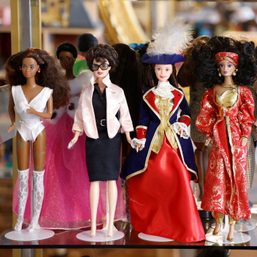
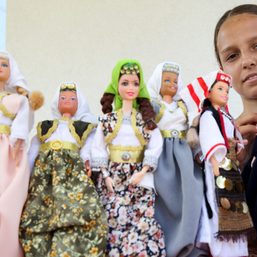
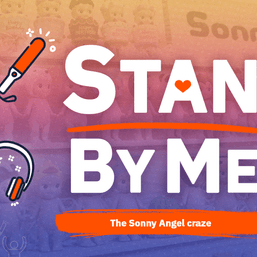
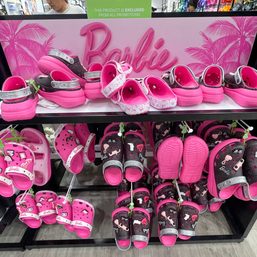
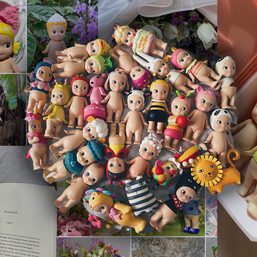
There are no comments yet. Add your comment to start the conversation.